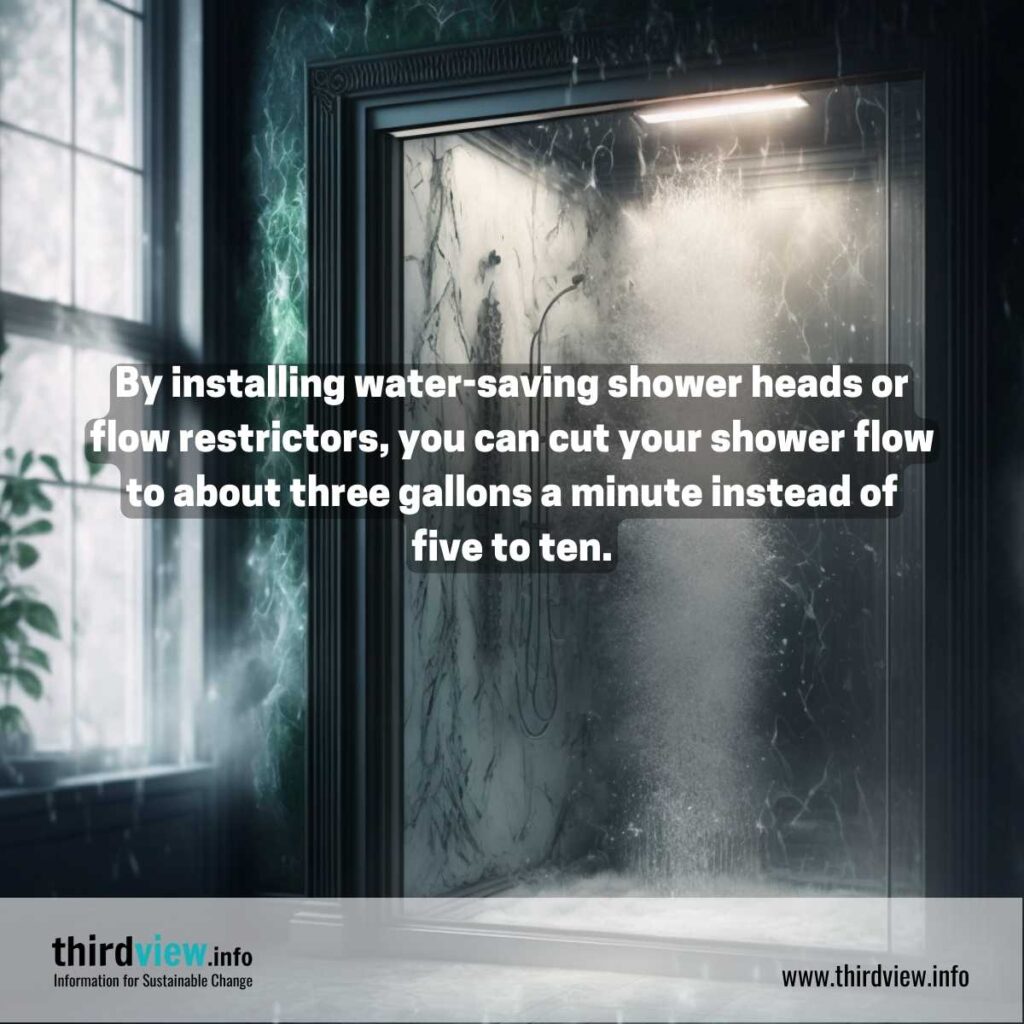The Best Strategy To Use For Reclaim Waste
Table of ContentsReclaim Waste Fundamentals ExplainedIndicators on Reclaim Waste You Need To KnowSome Known Details About Reclaim Waste The Greatest Guide To Reclaim WasteReclaim Waste for Beginners
Domestic sewage waste refers to the waste and items from a domestic septic container. The appropriate management and disposal of residential sewer waste require fluid waste to be moved to a sewage treatment plant where the correct methods and equipment are applied to cleanse and dispose of waste.
Industrial waste frequently consists of possible risks, such as combustible products or a blend of liquid and strong waste products, and needs an extra innovative and in-depth disposal procedure. The disposal of business waste normally involves the filtering of waste prior to transport to make certain risk-free and appropriate disposal. Hazardous waste is produced from results and runoff of industrial procedures and manufacturing.
This kind of waste can not use the exact same sewer monitoring transport or procedures as septic or commercial liquids. The hazardous waste monitoring procedure requires the assessment and screening of fluid waste prior to it undergoes the disposal process (liquid waste disposal melbourne). Runoff waste is the liquid waste that comes from overflow and excess stormwater in extremely booming locations or cities
Runoff waste can cause contamination and flooding otherwise handled properly. Discover more about sewer cleaning and waste management. Ensuring proper waste monitoring can protect against calamities and decrease environmental harm. Both people in residential setups and experts in business or production industries can profit from recognizing the procedures and guidelines of fluid waste monitoring.
The Only Guide to Reclaim Waste
Call PROS Solutions today to find out regarding our waste administration and disposal solutions and the proper means to take care of the fluid waste you produce.
This so-called 'wastewater' is not just a crucial source yet, after treatment, will certainly be released to our land, rivers or the ocean. Made use of water from bathrooms, showers, bathrooms, kitchen area sinks, washings and commercial processes is known as wastewater.

water made use of to cool equipment or tidy plant and devices). Stormwater, a form of wastewater, is overflow that moves from agricultural and city areas such as roofs, parks, gardens, roadways, paths and seamless gutters right into stormwater drains, after rainfall. Stormwater flows without treatment directly to regional creeks or rivers, eventually getting to the sea.
How Reclaim Waste can Save You Time, Stress, and Money.
In Queensland, click over here now most wastewater is dealt with at sewer treatment plants. Wastewater is delivered from domestic or industrial sites through a system of drains and pump stations, referred to as sewerage reticulation, to a sewer therapy plant. City governments construct, keep and run most sewage therapy plants. Operators are certified under the Environmental Management Act 1994 to release treated wastewater at an appropriate environmental standard into waterways.
The Department of Natural Resources advises city governments about managing, operating and preserving sewage systems and therapy plants. In unsewered locations, neighborhood governments may require householders to install individual or household sewer treatment systems to treat residential wastewater from commodes, kitchen areas, bathrooms and laundries. The Department of Natural Resources authorizes the usage of house systems when they are verified to be efficient.
A lot of stormwater gets no treatment. In some new neighborhoods, treatment of some stormwater to eliminate litter, sand and crushed rock has actually begun utilizing gross pollutant catches. Wastewater therapy happens in 4 stages: Gets rid of solid matter. Bigger solids, such as plastics and other objects wrongly released to sewage systems, are eliminated when wastewater is gone through displays.
Wastewater after that streams right into large containers where solids work out and are gotten rid of as sludge. Grease and residue are skimmed from the surface. Makes use of tiny living microorganisms called micro-organisms to damage down and remove remaining liquified wastes and fine bits. Micro-organisms and wastes are incorporated in the sludge. Gets rid of nitrogen and phosphorus nutrients that could trigger algal blooms in our waterways and endanger marine life.
The Ultimate Guide To Reclaim Waste
Nutrient elimination is not readily available whatsoever sewage treatment plants since it requires expensive specialised equipment. It is becoming much more typical in Queensland. Clear fluid effluent produced after therapy might still have disease-causing micro-organisms. If this effluent is launched right into rivers such as rivers or the sea, the micro-organisms will at some point die out.

This typically implies wastewater needs to be treated or impurities gotten rid of before it can be discharged to waterways. A lot of wastewater streams right into the sewerage system. Under the Act, city governments provide approvals and permits for eco relevant activities (ERAs) entailing wastewater releases that could have a regional impact. The division administers authorizations and permits to ERAs including wastewater releases that might have a local or statewide effect.
4 Easy Facts About Reclaim Waste Explained
Surveillance gives accurate information about water top quality and can verify that licence problems are being met. The information acquired with tracking offers the basis for making water high quality choices.
Comments on “The 10-Second Trick For Reclaim Waste”